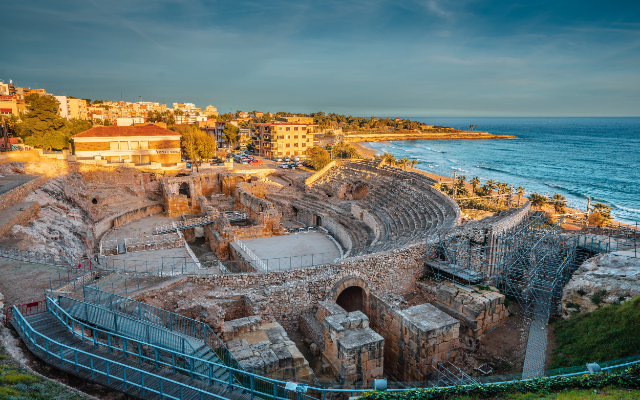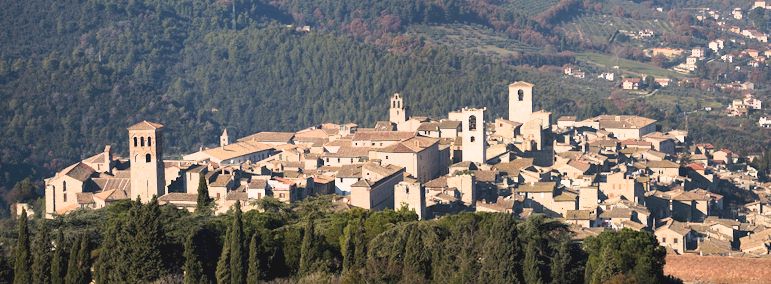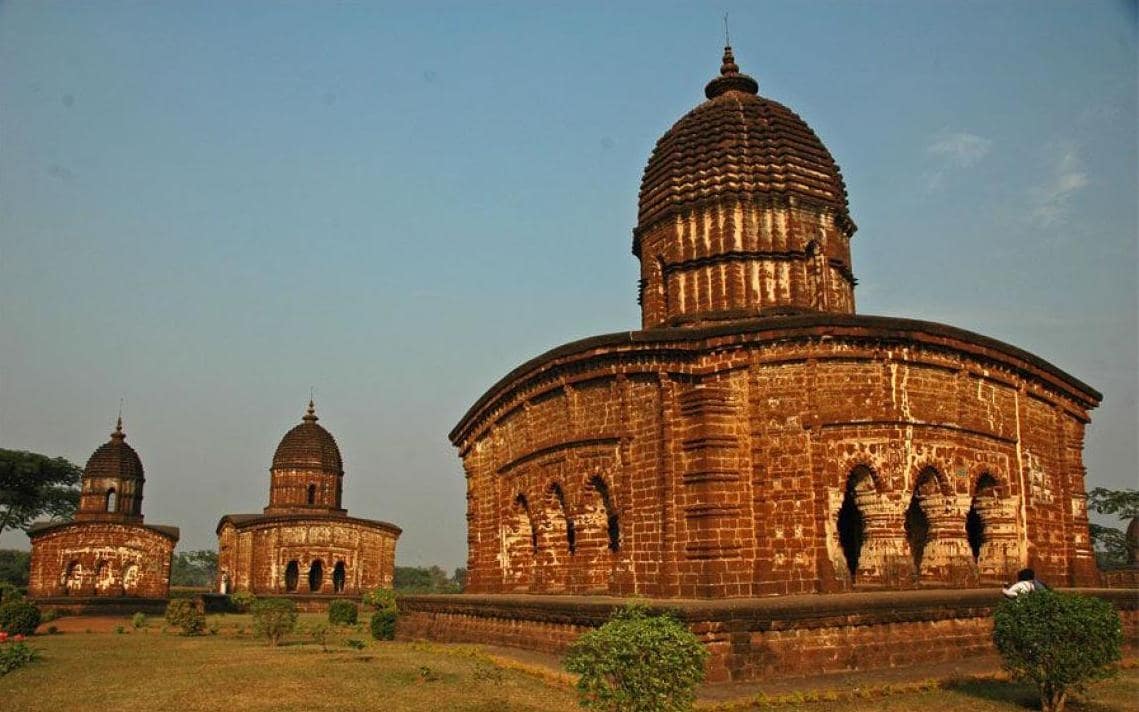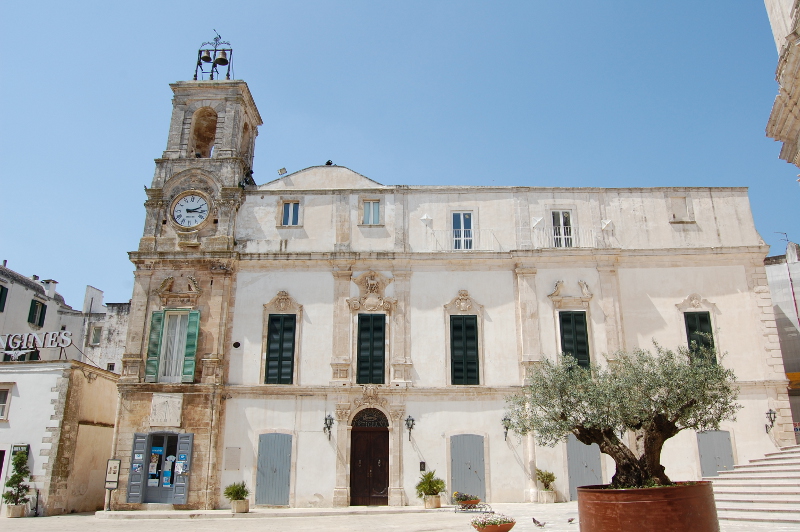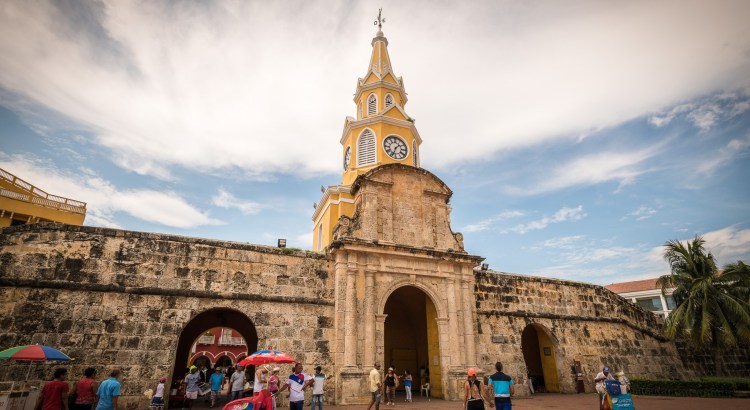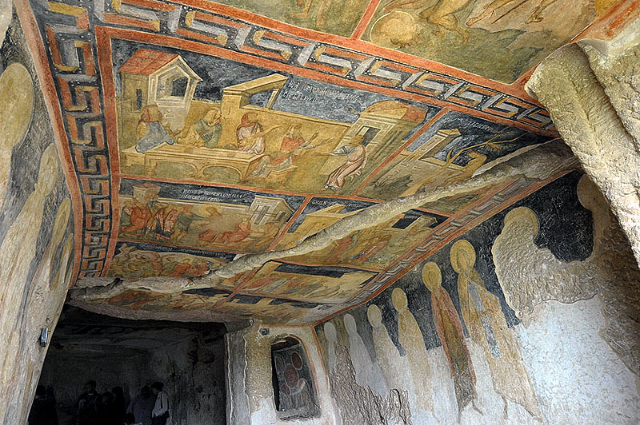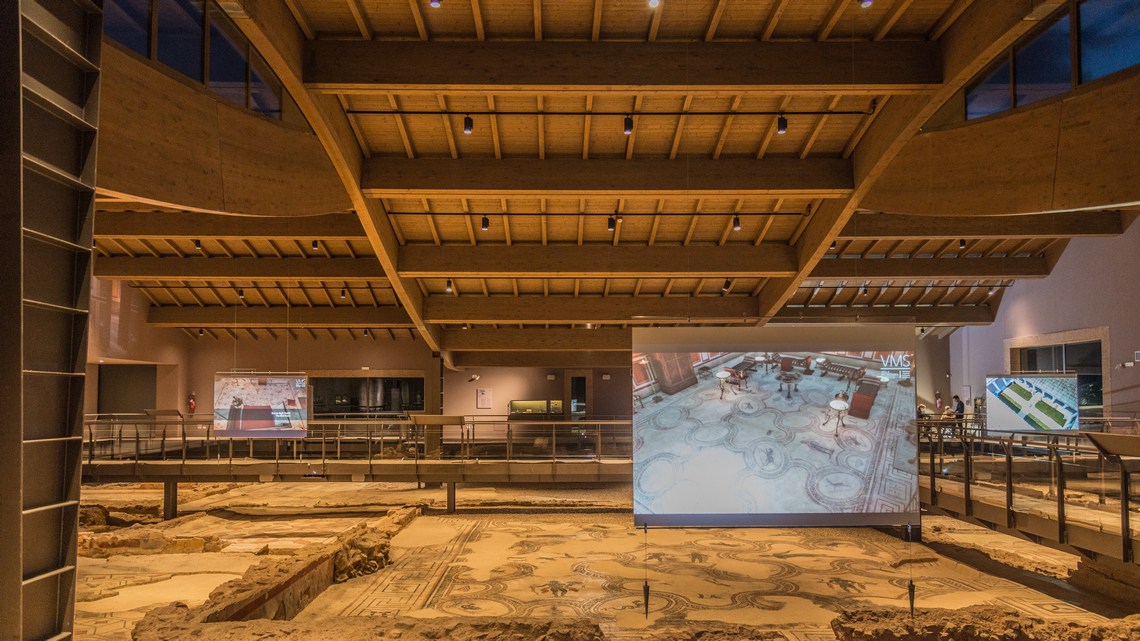The ancient Roman settlement of Tarraco was founded by the Romans in the 3rd century BC as a military colony, later becoming an important administrative, commercial, and cultural center. During the Roman Empire, Tarraco became the capital of the Roman province of Hispania Citerior (present-day Catalonia) and its port became an important trading point between Spain and the Roman Empire.One of the main attractions of the ancient Roman settlement of Tarraco is the Roman amphitheater, built in the late second century AD and located near the sea. The amphitheater had a capacity of about 14,000 spectators and hosted gladiator shows, wild animal fights, and theatrical performances. Today, the archaeological site houses part of the ancient amphitheater, with sections of tiers and underground corridors still visible.Another important Roman site in the ancient settlement of Tarraco is the Roman circus, which could seat up to 25,000 spectators. The circus was used for chariot races and other equestrian performances. Today, the site houses the Praetorian Tower, an important Roman fortification built to protect access to the circus.The Roman necropolis of Tarraco is a burial area that covers several hectares and contains Roman and Christian tombs. The tombs were carved into the rock and decorated with mosaics and frescoes. The necropolis represents an important archaeological site for understanding the funerary customs of the ancient city of Tarraco.Among the many other Roman sites in the ancient settlement of Tarraco are the torre dels Escipions, which served as a tomb for a Roman noble family; the Roman theater, built in the first century AD and used for theatrical performances; and the Roman aqueduct, which brought water to the city from the Francolì River.Another interesting fact about the ancient settlement of Tarraco is that many of its Roman buildings have been reused over the centuries. For example, stones from the Roman amphitheater were used to build Tarragona Cathedral in the 12th century, while the Roman circus was used to host the city’s fair until the 19th century.
